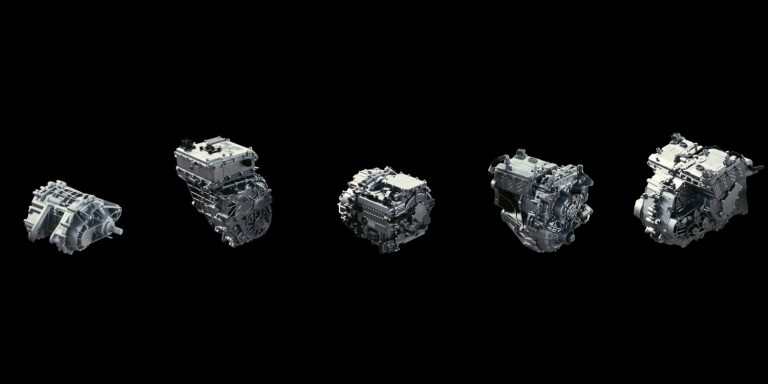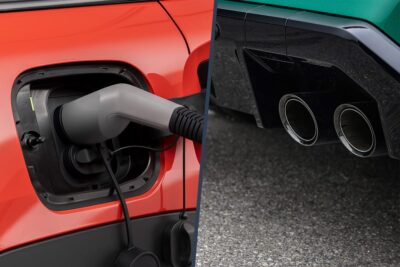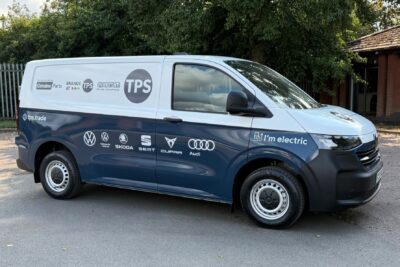Ultium Drive: five e-drives for GM’s electric cars
Following its Ultium modular battery system, General Motors has now introduced a family of five drive units and three motors under the name Ultium Drive, which will power the Group’s next-generation electric vehicles.
General Motors says that the Ultium Drive will offer significant advantages over GM’s previous electric vehicles in terms of performance, scalability, speed to market and production efficiency. Like the battery system, Ultium Drive is expected to be particularly flexible, allowing components to be installed in a variety of vehicles in different segments from more compact cars to large SUVs such as the Cadillac Lyriq or pickups such as the GMC Hummer EV.
The drive units should be able to power vehicles with front-wheel drive, rear-wheel drive and four-wheel drive, the latter of which will sometimes come with a performance focus, sometimes with optimised off-road characteristics depending on the combination. Although GM has published some pictures of the drive units, they have not yet revealed details such as power, torque and efficiency.
It is clear, however, that GM does without a multi-speed transmission whereby the units combine the electric motor with a “single-speed transmission”. As The Verge writes without any information from sources, the cabling for Ultium Drive is supposed to be significantly reduced and cheaper – similar to the battery system. This way, the system should also be able to be integrated into other models more quickly, and software updates should be possible with the simpler architecture. Compared to a Chevrolet Bolt, it should be possible to reduce the wiring by 80 per cent.
General Motors has not only developed the drives but will also build them itself, including the castings and gears. This will enable GM to ramp up EV production more quickly, achieve economies of scale and flexibly adapt the production mix to demand. “As with other propulsion systems that are complex, capital intensive and contain a great deal of intellectual property, we’re always better off making them ourselves,” says Adam Kwiatkowski, GM chief engineer at Global Electrical Propulsion. “GM’s full lineup of EVs should benefit from the simultaneous engineering of Ultium Drive. Our commitment to increased vertical integration is expected to bring additional cost efficiency to the performance equation”.
According to Ken Morris, Vice President of Autonomous and Electric Vehicle Programs, General Motors has also benefited from its manufacturing expertise in internal combustion engines. “Making motors, transmissions, driveline components and systems are among GM’s best-known competencies, and our manufacturing expertise is proving not only transferable but advantageous as we make the transition to EVs,” Morris said.
As mentioned, GM is still holding back on detailed information about the Ultium Drive, but more was revealed when they introduced the battery system in March. Even at the presentation of the Cadillac Lyriq Concept in August, there were no statements about the different motor and battery variants. Marty Hogan, Lyriq’s Chief Engineer, stated at the time that the published data was inaccurate because it was still in the development phase.
However, with a maximum charge power of 150 kW DC, it seems clear that the Lyriq will use the 400-volt version of the Ultium battery kit. That being said, the GMC Hummer EV is likely to rely on the 800-volt system.





0 Comments